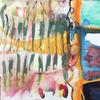Cooper Hewitt Triennial Explores 'Beauty'
- NEW YORK, New York
- /
- February 17, 2016
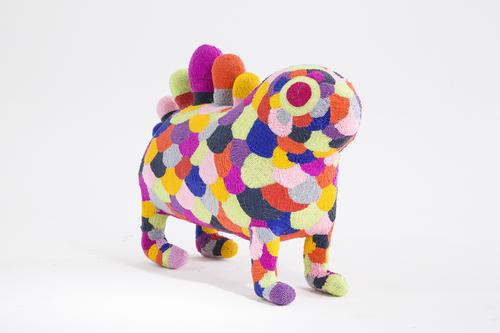
Cooper Hewitt, Smithsonian Design Museum presents “Beauty—Cooper Hewitt Design Triennial,” the fifth installment of the museum’s popular contemporary design exhibition series, through Aug. 21, 2016. With projects ranging from experimental prototypes and interactive games to fashion ensembles and architectural interventions, “Beauty” features work by 63 designers, filling most of two floors of the museum with more than 250 works from around the globe.
“Featuring recent work from the most outstanding voices in the global design scene, ‘Beauty’ will expand the discourse around the transformative power of aesthetic innovation,” said Caroline Baumann, director of the museum. “The exhibition will celebrate design as a creative endeavor that engages the mind, body and senses with works of astonishing form and surprising function.”
Organized by Assistant Curator Andrea Lipps and Senior Curator of Contemporary Design Ellen Lupton, the exhibition explores beauty through seven lenses: extravagant, intricate, ethereal, transgressive, emergent, elemental and transformative.
The exhibition will travel to the San Jose Museum of Art in October.
EXTRAVAGANT
Designers use rich materials and shimmering, sometimes deceptive, surfaces to create an aura of luxury, glamour, seduction and excess. Highlights of the works on view include makeup artist Pat McGrath’s transformative visages; Giambattista Valli’s candy-colored gowns that beg to be touched, smelled, even tasted; and hair artist Guido Palau, who creates fantastic hairstyles that consistently push the field, and our eye, forward.
INTRICATE
Performing astonishing feats of craftsmanship and physical construction, designers and artisans create textured or patterned surfaces that engage the eye in a wandering journey. Among the works on view in this section include the voluptuous typography of Non-Format; the textured garments of fashion designer Mary Katrantzou, which glisten from a distance and pulse with intimate detail up close; and, the work of Studio Job, featuring patterns that appear traditional at first glance yet give way to a jarring iconography of the everyday—from gas masks and peace signs to syringes and kitchen tools.
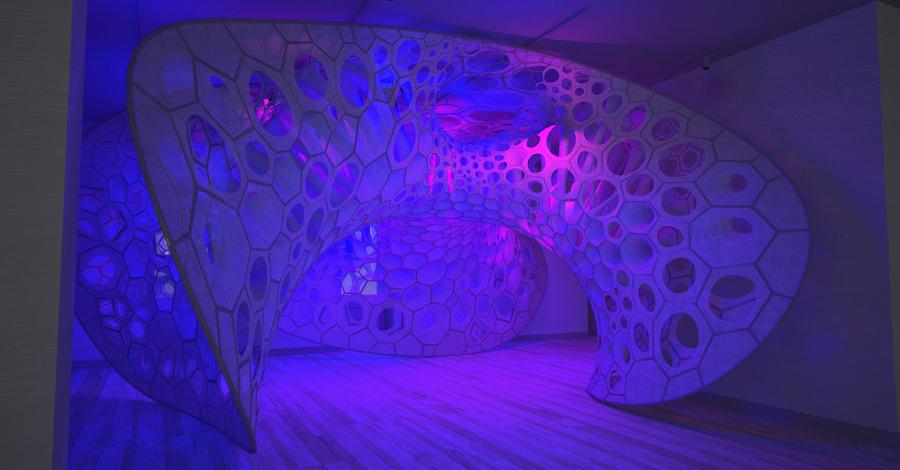
ETHEREAL
Designers create forms that shape space, time, light or air, sometimes defying permanence and weight in favor of ephemeral materials or fleeting effects. Highlights of the designer projects on view include work by scent artist Sissel Tolaas, who collects and preserves smell molecules from around the world and has been commissioned by the museum to create a new scent based on Central Park; and a grid of analog clocks that forms a giant digital timepiece whose elements align every 60 seconds to read out the time in numerals made of clock hands, created by the firmHumans Since 1982.
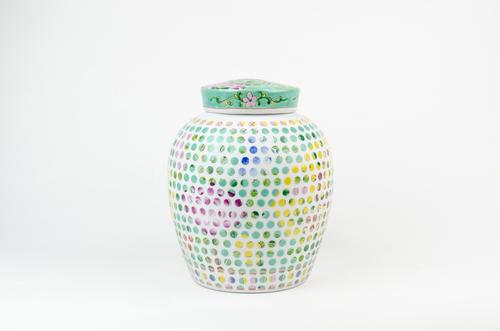
TRANSGRESSIVE
Embracing androgyny, antiform, the grotesque, the formless and the fantastic, designers blur established boundaries and definitions, challenging normative standards of beauty, gender, genre or behavior. Works on view include Ana Rajcevic’s Animal headpieces, which partly obscure the face of the wearer, questioning the boundary between humans and animals; Noa Zilberman’sjewelry series Wrinkles, which distributes lines of gold across the artist’s face and cleavage; the unisex clothing collections of Rad Hourani; and Afreaks, a collection of fantastical beaded creatures created by the Haas Brothers in collaboration with Monkeybiz, a nonprofit income generating bead project who works with craftswomen from the Khayelitsha township outside Cape Town, South Africa.
EMERGENT
Emulating nature and embracing code and mathematics, designers create rules and processes that determine the final outcome of a project, working with data flows and user interactions to create responsive forms. Featured work includes Daniel Brown’s digital blossoms, which celebrate the glamour of artifice; Neri Oxman’s Wanderers, 3-D-printed wearable objects (produced by Stratasys) permeated with capillaries and seeded with microorganisms to enable future survival on distant planets; and Alexandra Daisy Ginsberg’s project Designing for the Sixth Extinction, which depicts genetically engineered creatures that could someday clean the air of toxins, neutralize acid in the soil and collect and scatter seeds. Cooper Hewitt has commissioned architect Jenny Sabin to design a knitted, textile structure for the exhibition.
ELEMENTAL
Drawing energy and character from basic materials, designers create serene geometries and uncluttered forms that invite intuitive interaction from users. The exhibition will feature works by Sam Hecht and Kim Colin, founders of Industrial Facility, who find beauty in the equilibrium of making, use and memory; Formafantasma and Emiliano Godoy, who give shape to lava and glass respectively, materials that shift from liquid to solid; and Yeongkyu Yoo, whose World Clock rolls to display the time in all 24 time zones.
TRANSFORMATIVE
Under the hand of the designer, familiar materials, vocabularies or forms assume new and surprising identities. Featured projects include the furniture and objects of Brynjar Sigurðarson, who borrows materials and techniques from Icelandic fishermen; Jantje Fleischhut’s abstract jewelry, shaped from precious materials and found objects that suggest asteroids and interstellar debris; and Laduma Ngxokolo’s line of knitted garments, designed for young men in South Africa’s Xhosa community who have passed through the rite of circumcision.
“Beauty—Cooper Hewitt Design Triennial” is made possible by generous support from Edward and Helen Hintz, and Madeleine Rudin Johnson.
Additional funding is provided by Amita and Purnendu Chatterjee, August Heckscher Exhibition Fund, Margery and Edgar Masinter, May and Samuel Rudin Family Foundation, Inc., Ehrenkranz Fund, The Horace W. Goldsmith Foundation, Rockwell Group, Esme Usdan Exhibition Endowment Fund, and the Consulate General of Finland.
CATALOG
A 276-page book with 274 images, designed by Kimberly Varella of Content Object Design Studio, is published by Cooper Hewitt and distributed by Artbook | DAP (Distributed Art Publishers), $50.00.
PROGRAMMING
In spring and summer 2016, a series of public programs will inspire dialogue about design and beauty.
ABOUT THE EXHIBITION
Inaugurated in 2000, the Triennial series looks at new developments in design as they surface in studios, fairs, shops, galleries and media around the world. In organizing “Beauty—Cooper Hewitt Design Triennial,” the museum engaged a panel of international curatorial advisors early in its process: Adélia Borges (Brazil), Claire Catterall (England), Kenya Hara (Japan), Mugendi M’Rithaa (South Africa), Suvi Saloniemi (Finland), Sarah Scaturro (United States) and Annemartine van Kesteren (Netherlands). The exhibition is designed by Tsao & McKown Architects.










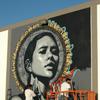

100x100_c.jpg)
